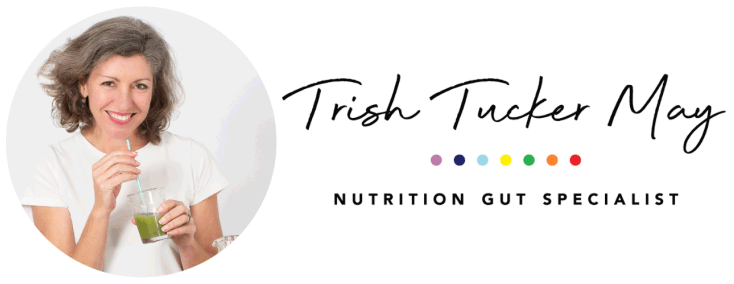How to Read Food Labels
When you are trying to lose, gain or maintain weight, it is important to understand and know what you are putting in your body. Food labels have become increasingly easier to read and more informative for even beginning label readers to know what they are consuming. Food labels provide all the information you need regarding the nutritional values of a particular food product.
Reading the labels will make it easier for you to judge what type of food product is good enough to put in your body. With labels, you can easily compare the food products and select the best option for your diet.
Read labels and stay away from hydrogenated fats, margarine, fake sugar, e-numbers, colours, and flavours. There are great apps and charts you can download to stick on your fridge to guide you. www.fedup.com.au is a great guide.
Anything with wheat or gluten causes bloating, mucus in the stool and weakened digestion. Read labels. If it contains gluten, throw it out and stock up on fresh fruits, veggies, and seeds.
Don’t get sucked into the marketing and advertising that is around you ALL THE TIME. There are thousands of items at the supermarkets, petrol stations, paper shops and corner stores masquerading as food. They have colourful, enticing packaging, misleading label’s and point of sale promotions designed to catch your eye. They are NOT REAL FOOD and should be treated with caution. Be savvy when you are shopping, learn to read labels using the helpful tips listed below.
Don’t go shopping on an empty stomach. Stick to a list. If you have to have to children with you, talk them through labels, teach them about the 57 possible names for sugar. Make yourself aware of the dangers of high fructose corn syrup and hydrogenated fats and other nasty chemicals that should not be in our food chain.
Replace all processed snacks with healthy alternatives. Crisps, chips, crackers, granola bars, biscuits, and other processed foods need to be replaced with healthy alternatives instead. It is so hard to be disciplined when you have a cupboard full of crinkly packet snack foods. They are devilishly Moorish and hard to resist, even if you have them hidden away.
It is too easy to munch out late at night, or when you feel tired at 3pm and you feel you deserve a treat. You are far better off not having them in the pantry. Willpower will only get you so far each day. Roasted vegetable homemade snacks, soaked nuts, pots of hummus or chia puddings in the fridge are better snacks for energy and keeping you on track with your goals.
As necessary as it is, reading food labels can be a little tricky at first, but here are a few tips to get you reading them like a pro.
- Servings:First things first. Check the amount and size of servings contained in a package because the nutritional values are written relative to that size of a serving. Serving sizes are mentioned to make it easier to compare similar amounts of food products. Every nutritional fact mentioned on the label is influenced by that serving size.
- The total number of calories:
The next thing you should check is the number of calories. It will tell you how many calories you are consuming per serving. You can easily calculate the number of calories that you have consumed based on the amount of the food product you have eaten. Calories are very important because the number of calories you consume or burn determine whether you are going to gain or lose weight. For instance, if you consume or burn 3500 calories, you are going to gain or lose one pound of weight, respectively.
- Nutrients to avoid:
The number and type of nutrients listed let you know how much energy you are consuming and how are the ingredients of this food product are going to affect or nourish your body. While reading the label, check for things like saturated fat, trans fat, cholesterol, and sodium; these are things you need to completely avoid if you intend to maintain your health or lose weight. These four nutrients are notorious for contributing to heart disease and various types of cancers.
- Nutrients to focus on:
On the flip side, look for foods that have high amounts of fibre, calcium, iron, proteins, zinc, and a variety of vitamins. These nutrients will nourish your body and get you through your day without draining you of energy.
- Percent Daily Value, or % RDA:
This percentage gives you an idea of the number of nutrients that are available in a single serving. If you intend to avoid or limit a certain nutrient like cholesterol, sodium, trans fat or saturated fat, select food products that show less than 5% Daily Value. Similarly, if you want to start increasing the protein in your diet, look for food products that contain 20% or more of your daily value.
If you would like to learn more about 8-week gut healing hormone balancing program, click here
Yours in health and wellness,
Trish Tucker May


